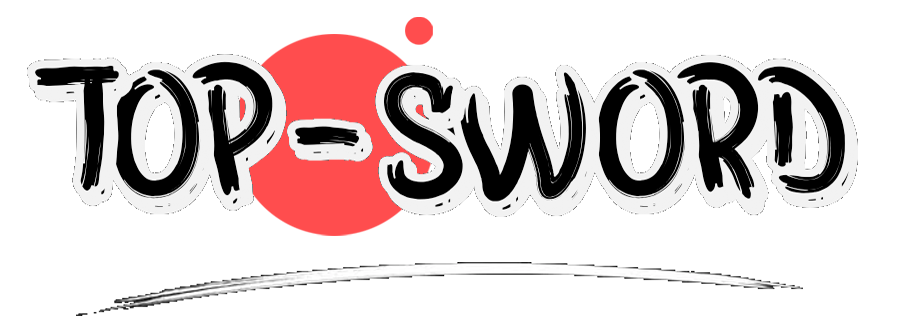The Role of Japanese Katanas in Hollywood Films: Scenes, Symbolism, and Influence
Introduction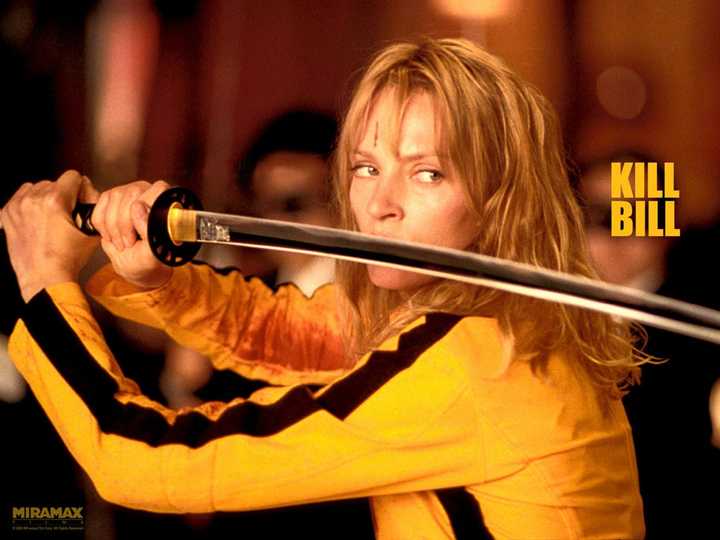
The Japanese katana, a masterpiece of bladed weaponry, symbolizes both the samurai spirit and modern pop culture. Hollywood, as a global cultural exporter, frequently incorporates katanas into action, sci-fi, fantasy, and superhero films, turning them into icons of violent aesthetics and Eastern philosophy. From Kill Bill’s revenge-driven blade to The Wolverine’s Adamantium katana, these swords have defined iconic characters and shaped global perceptions of Japanese culture. This paper analyzes the katana’s cinematic applications, the fighting styles of key characters, and its narrative roles to evaluate its status in Hollywood.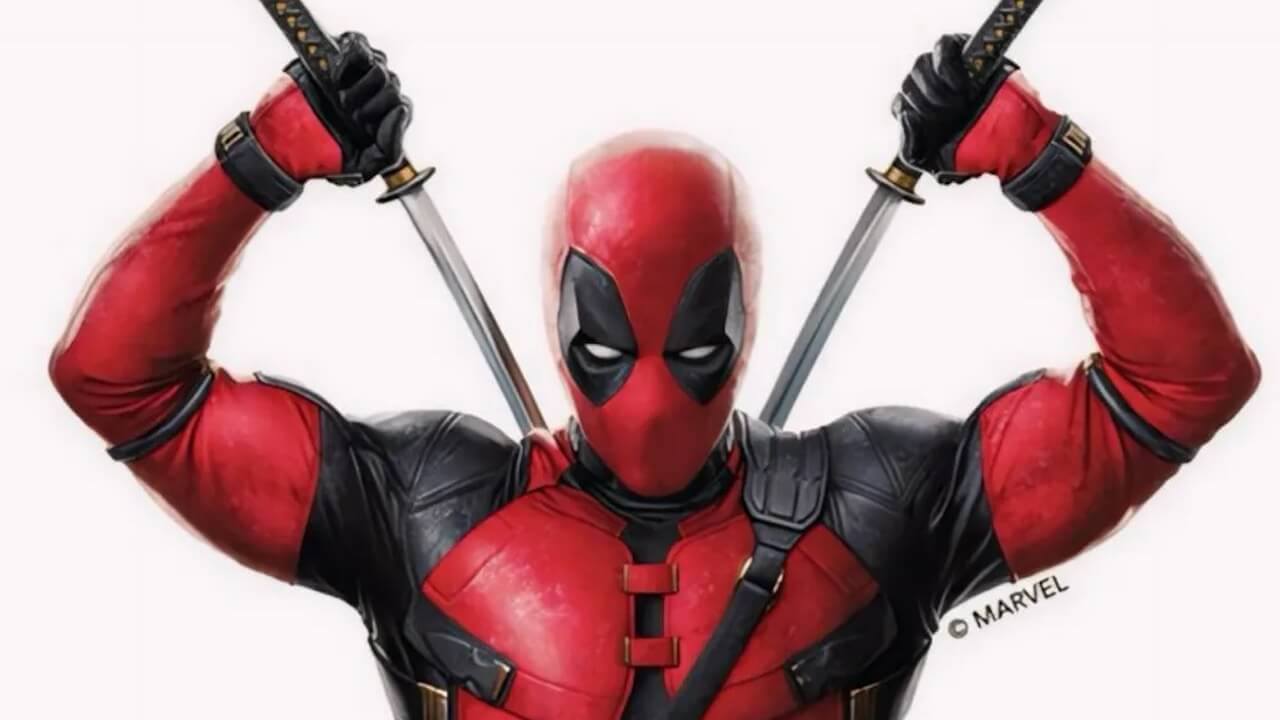
Classic Katana Scenes in Hollywood Films
1. Kill Bill (2003-2004) – Uma Thurman’s “Hattori Hanzō Steel”
Quentin Tarantino’s Kill Bill series features the katana as the ultimate weapon of The Bride (Uma Thurman). Her battle against the Crazy 88 in the House of Blue Leaves remains one of cinema’s most iconic sword fights.
Katana Features: The Hattori Hanzō sword is forged from tamahagane steel, optimized for swift strikes.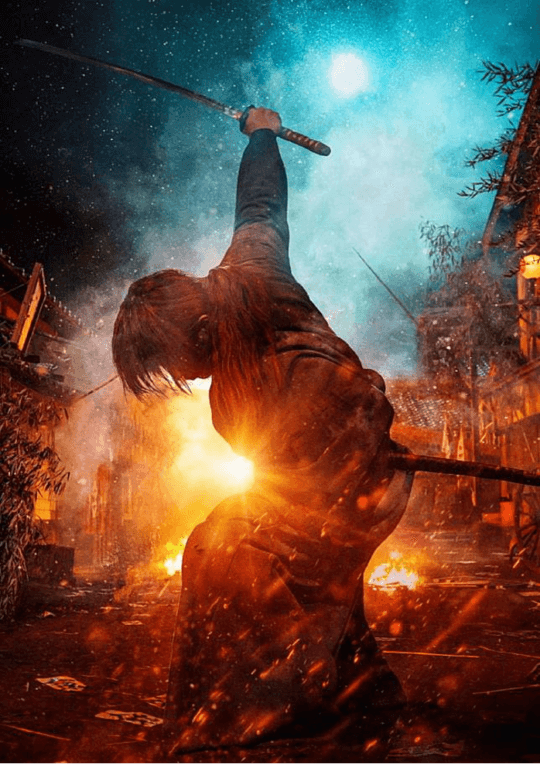
Combat Style: The film blends chanbara (Japanese swordplay) aesthetics with Western revenge tropes.
2. The Last Samurai (2003) – Tom Cruise’s Path to Bushido
Tom Cruise’s character, Nathan Algren, trains in kenjutsu (swordsmanship), using the katana as a bridge to samurai culture.
Katana Features: Historically accurate 19th-century blades.
Symbolism: The sword represents tradition against modern firearms.
3. The Wolverine (2013) – Adamantium Katana
Hugh Jackman’s Wolverine wields an unbreakable katana, merging Western superheroism with samurai ethos.
Katana Features: Fictional Adamantium metal enhances durability.
Combat Style: Brutal yet precise, reflecting Logan’s character.
4. Rurouni Kenshin (2012-2021) – The Reverse-Blade Sword
Kenshin’s sakabato (reverse-edged katana) embodies pacifism, influencing Hollywood’s portrayal of “noble warriors.”
Katana Features: A real-world rarity, designed not to kill.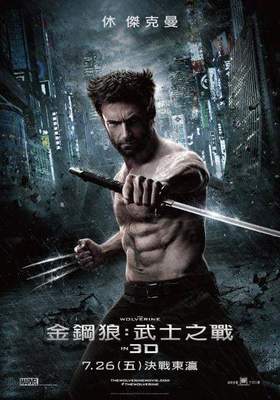
Cultural Impact: Challenges the katana’s violent stereotype.
5. Star Wars – Lightsabers as Katanas
George Lucas modeled lightsabers after katanas, with Jedi duels mirroring samurai battles.
Influence: Grips and stances derive from kenjutsu.
Fusion: Sci-fi reinvents the katana’s legacy.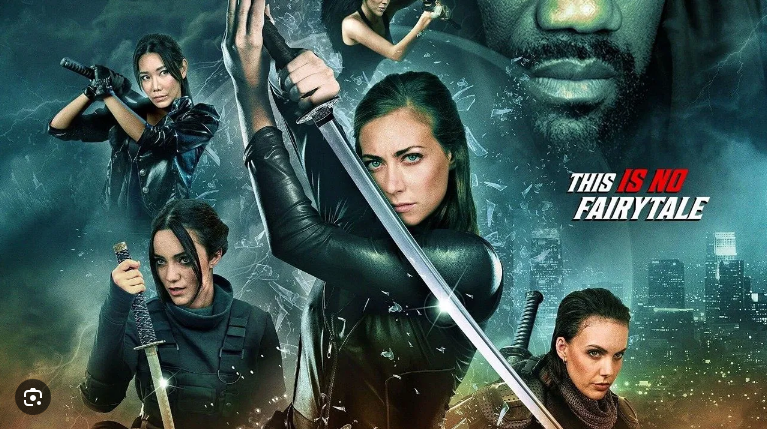
Narrative Functions of Katanas in Hollywood
Violent Aesthetics: Sin City’s stylized fights.
Eastern Philosophy: Bushido ideals in The Last Samurai.
Character Development: Villains (John Wick) vs. heroes (Wolverine).
Evaluation: The Katana’s Hollywood Status
Cultural Symbol: Represents exoticism and mystique.
Action Innovation: Influenced The Matrix’s “bullet time” fights.
Commercial Success: Kill Bill’s global appeal.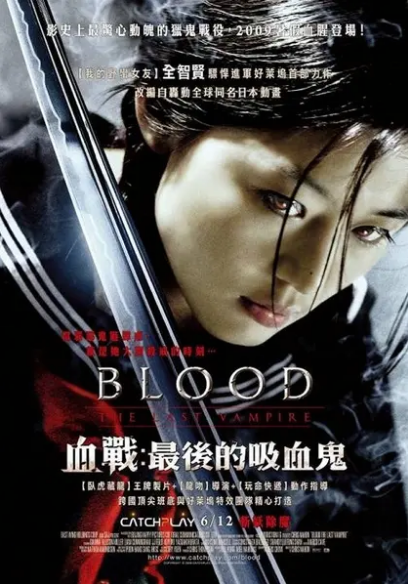
Cross-Cultural Impact: Hollywood’s katanas inspire Japanese cinema.
Conclusion
The katana in Hollywood is more than a weapon—it’s a fusion of art, philosophy, and storytelling. From vengeance to peace, tradition to sci-fi, its cinematic evolution ensures its enduring legacy. As global interest in Eastern culture grows, the katana’s role in film will only expand.
SEO Strategy
Title (Under 300 Characters)
"Katanas in Hollywood: How Samurai Swords Shaped Kill Bill, Wolverine, and Star Wars | Film Analysis & Symbolism"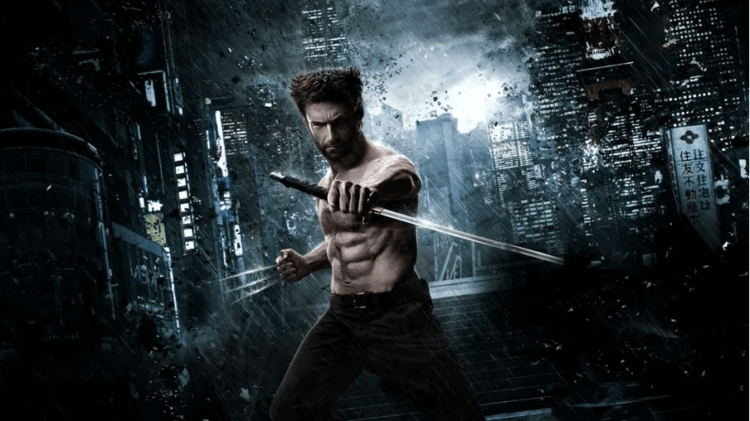
Meta Description (Under 500 Characters)
Explore how Japanese katanas became Hollywood icons, from Kill Bill’s Hattori Hanzō steel to Wolverine’s Adamantium blade. This in-depth analysis covers katana combat styles (The Last Samurai, Rurouni Kenshin), their narrative roles (revenge, honor, sci-fi), and influence on Star Wars lightsabers. Discover why directors like Tarantino and Lucas rely on katanas for visual storytelling and cultural depth. Perfect for film students, martial arts fans, and pop culture enthusiasts.
